As early as 1620 AD, the Englishman Bacon had discovered that on the globe, the east coast of South America and the west coast of Africa can be perfectly connected. By 1912, the German scientist Wegener proposed the hypothesis of continental drift based on certain similarities in the curved shapes of ocean coasts. After decades, a large number of studies have shown that the continents are indeed drifting.
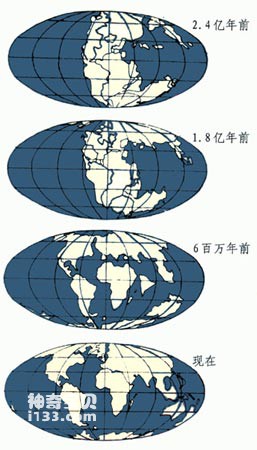
Schematic diagram of the continental drift process
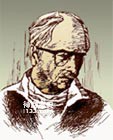
The founder of the continental drift theory──Wegener
Based on research on geology, paleomagnetics, paleoclimate, and paleobiogeography, people have reshaped the distribution of continents and oceans in ancient times. About 240 million years ago, the continents on the earth were gathered together, and this continent extended from near the North Pole to the South Pole. Geologically it is called Pangea. Surrounding Pangea is the unified Pan-Ocean. After that, after a long period of time, Pangea began to disintegrate, and Laurasia in the north and Gondwana in the south began to split. The Tethys Ocean appeared in the middle of the continent (180 million years ago). After that, the continents continued to divide, the Indian Ocean landmass separated from the Australian-Antarctic landmass, and the South American landmass separated from the African landmass; at this time, the expansion of the Indian Ocean and the Atlantic Ocean began. By 60 million years ago, the prototype of the modern continent and ocean pattern had emerged. Later, Australia split away from Antarctica and headed north, the Arabian Plate separated from the African Plate, and the Red Sea and the Gulf of Aden opened up, forming the modern ocean and continental distribution pattern.
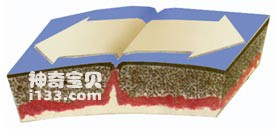
Mid-ocean ridges are places where new crust is formed. Molten mantle material continues to surge upward along the axis of the mid-ocean ridge, forming a new seafloor. During this process, the magnetic particles are like small magnetic needles, parallel to the geomagnetic field at that time. As the rock layers condense and move sideways.

The pole direction of the Earth's magnetic field is not fixed. Every tens of thousands or hundreds of thousands of years, the north-south direction of the geomagnetic field will reverse, and the newly formed rock layers will be magnetized in a new direction, thus producing magnetic stripes that alternate on both sides of the mid-ocean ridge.
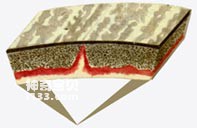
Reykjanes, at the southern tip of Iceland, has a symmetrical magnetic stripe with a central ridge. Its polar inversion arrangement corresponds to the arrangement of the Pacific Ridge, and its continuity and symmetry are clearly visible.
Continental drift can also be confirmed by the spreading of the seafloor. The mid-ocean ridge running through the bottom of the ocean is where a new ocean floor is formed; the mantle material rises and pours out, condenses to form a new ocean floor, and pushes the previously formed ocean floor to expand symmetrically to both sides; the connection between the seafloor and the continent Trench is the place of death on the ocean floor. When the ocean floor spreads and moves to the trench at the edge of the continent, it subducts downwards and submerges under the continental crust, causing it to return to the mantle.
It can be seen from the map that the curved shapes of the coastlines on both sides of the Atlantic are very similar, but upon closer inspection, they are not very consistent. This is because the coastline is not a true continental edge. It has undergone great changes in geological history due to sea level rise and fall and erosion and accumulation. In 1965, British scientist Brad used a computer to perfectly join the two edges of the Atlantic Ocean based on the 1,000-meter isobath. Such a perfect joining of continents can only mean that they were once connected together. In addition, America, Africa, and Europe are closely connected in terms of geological structures and the distribution of paleontological fossils. For example, the fold mountain system in Newfoundland in North America echoes the fold mountain system in Scandinavia in northwest Europe; the Hercynian fold belt in the Appalachian Mountains in the United States has its eastern end submerged in the Atlantic Ocean and extends to southwestern Britain and central Europe. A region reappears; ancient rock formations in western Africa can be connected to ancient rock formations in Brazil. This is like two torn pieces of newspaper. Their jagged rough edges can be spliced together, and the printed words on them can also be connected to each other. We have to admit that these two torn pieces of newspaper were torn from one large piece.
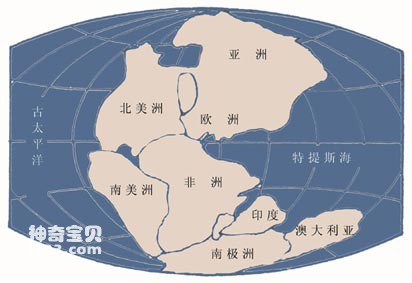
Pangea 270 million years ago. Pangea, also known as the United Ancient Continent, is the starting point of continental drift over the past 200 million years. The northern continent of Pangea includes North America, Europe and Asia; the southern continent is called Gondwana, including Antarctica, Africa, South America, Australia and India, Arabian Peninsula.

Fossils of Mesosaurus have been found in ancient South America and Africa.
Paleontological fossils also prove that the continents were once connected together. For example, fern fossils, which are widely distributed in the late Paleozoic strata of southern continents such as Australia, India, South America, and Africa, are also distributed in Antarctica. In addition, the hydrosaurs and labyrinth fauna of Antarctica, South Africa, and India, separated by oceans, are strikingly similar. These animals are also found in Laurasia. If these continents had not been connected together, it would be difficult to imagine how these terrestrial animals and plants could have spread across the oceans and spread all over the world.
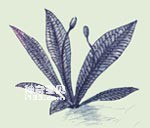
Glossary fern is an ancient plant widely distributed in the Late Paleozoic strata of Australia, India, South America, and the African continent.
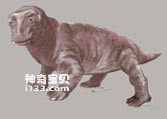
The hydrosaurus and labyrinth fauna of Antarctica, South Africa and India, separated by the Northern Ocean, are strikingly similar.

Dog-jawed beast

Paleozoic reptiles
animal tags:
We created this article in conjunction with AI technology, then made sure it was fact-checked and edited by a Animals Top editor.